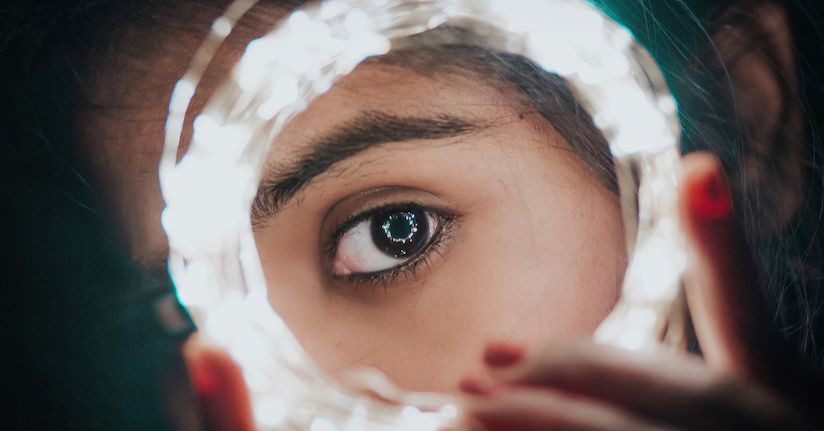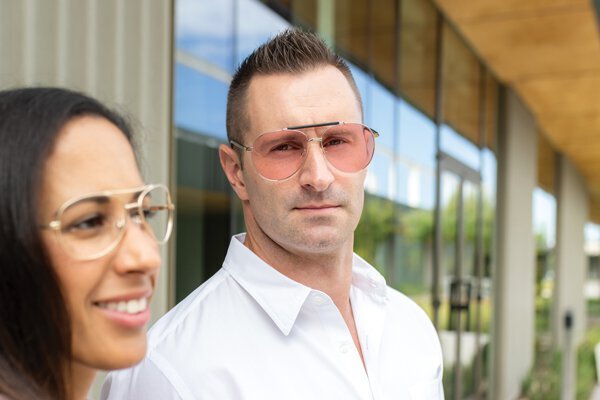Home Remedies for Photophobia and Light Sensitivity
Key Highlights
- There are no known medications that specifically treat photophobia, but it can be managed through numerous at-home remedies
- Light management options can range from behavioral and environmental changes to products designed to make light more comfortable
- Popular home remedies include experimenting with different lighting in the home, testing screen and device settings for light sensitivity, and reducing stress and anxiety
- Certain products can help reduce irritating light exposure, such as wide-brimmed hats, polarized sunglasses for outdoors, and specialty-tinted photophobia glasses
As there are currently no medications that specifically treat photophobia or light sensitivity, people often have to find inventive ways to address the pain. But don’t let anyone tell you that taking a few vitamins or supplements is all it takes to combat this persistent symptom. Natural relief often relies on behavioral changes, alongside some product options, in a constant search to find an approach that works.
Here is a short list of some of the best known photophobia home remedies.
Gradually increase light exposure
You can’t hide out in the dark or cover your eyes with sunglasses inside. It may surprise you to learn that this practice can actually make you more sensitive to light over time, according to medical experts. Keeping lights on—even at dimmer levels—is an important step in alleviating the problem.
Get rid of older fluorescent light bulbs, and be wary of LEDs too
Conventional fluorescent lighting has an invisible flicker and a significant amount of blue light—both of which can worsen photophobia and light-sensitive conditions.
LED light bulbs, even with warmer color tones, may not be a better alternative either because of the impact they can have on light sensitivity and migraine—and the flicker associated with LEDs may be even more prominent. Indirect natural lighting may cause the least discomfort, but even that is probably best tolerated in small doses.
Ultimately, play around with the lighting solutions and see which options work best for you.

Wear precision tinted lenses
For people with regular light sensitivity, specialty-tinted glasses can help calm your sensitivities. Just make sure you find a pair that is actually filtering the right light (instead of basing it on the "color" of the lens). FL-41 is perhaps the most well known tint for light sensitivity management.
TheraSpecs offers a variety of photophobia glasses (including several FL-41 options) for indoor use, which can be worn around artificial light sources. These are great for managing different types of light sensitivity because they reduce your exposure to the most irritating wavelengths. They also are available in different lens strengths, a variety of frame styles, and prescription or reader lenses.
Wear sunglasses with polarization when outside
If you have to go into daylight, make sure you grab your polarized sunglasses to cut down on glare, reflection and sunlight. *Pro tip: Try TheraSpecs FL-Sun sunglasses if you are light sensitive. These specialty sunnies offer enhanced protection against the most problematic wavelengths, and are also dark and polarized.
Wear a hat for extra coverage
Wearing a hat indoors or outdoors may seem obvious, but it is still a simple option if you are light sensitive. The wider the brim the better too (especially if it goes all the way around) as it can help give you more overall coverage, and if you keep the brim just over your eyes, it can offer the necessary protection for oncoming light.
Take a break from your computer or mobile device
Computer vision syndrome is a real health concern for people who spend all day on the computer or mobile device. Eye strain, headaches and sensitivity to light can all be symptoms. Take frequent eye breaks from your device or, heck, even put it down for a while if you can.
Activate accessibility settings for screens
If you do have to be on your device for extended periods of time, either for work or pleasure, there are several inherent settings and hacks that can make it more comfortable on your eyes. This includes options like dark mode, motion reduction, color or blue light shift, autoplay disabling, and more.
Read more about screens and light sensitivity
Check your medications for side effects
Although there is no definitive list of medications that cite photophobia as a side effect, some optometrists and medical professionals have linked it with common drugs used to treat other conditions. You should always consult with your doctor about any issues or side effects related to your medication as well as whether or not you should continue taking them.
On the topic of medicine, you should also stick to your schedule of medications prescribed by your doctor for a light-sensitive condition (e.g. migraine, post-concussion syndrome, epilepsy, etc). While not directly designed to reduce your sensitivities, they often help alleviate the most bothersome symptoms, including photophobia.
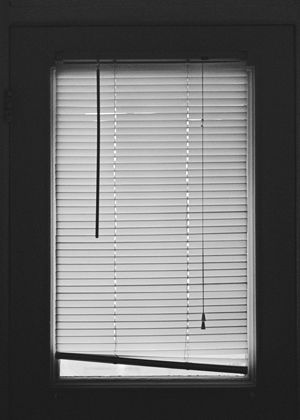
Fully open your window blinds (or close them altogether)
Striped and high contrast light patterns have been shown to exacerbate an overactive brain. Completely opening or closing your window blinds can remove the issue of scattered light hitting your eyes unexpectedly. (If you do opt to close them, make sure you have enough light elsewhere)
Ultimately, having a proper lighting set up at home that caters to your needs is critical.
Wear your contact lenses or prescription glasses
Eye strain is a prominent culprit for worsening photophobia, yet often can be easily addressed by wearing your contact lenses or prescription glasses. This way you don’t have to strain your eyes too hard to focus. But make sure your contact lenses are clean because inflammation, red and itchy eyes can also make your sensitivity to light more pronounced.
Eye drops
Dry eyes can also lead to greater levels of photophobia, especially if you are diagnosed with dry eye syndrome. At minimum, eyes that lack proper moisture can lead to itchiness, redness or generalized sensitivity. Eye drops and over-the-counter artificial tears can keep them lubricated and tone down the pain of light.
Give your house a good wipe down
Nobody likes streaks, grime or dirt on their furniture or floors, but they can be especially bad for photophobic eyes. One of the most simple home remedies is to wipe down surfaces inside your home; this will remove the threat of unsightly glare and keep harmful particles from getting into your eyes.
Cover up reflective surfaces
Those shiny surfaces can be a real pain when light hits them at just the right angle. Covering these items up with a towel or sheet or maybe adorning them with non-reflective knick-knacks might not be ideal from a style standpoint, but it can help minimize the chances of aggravating your sensitivity to light.
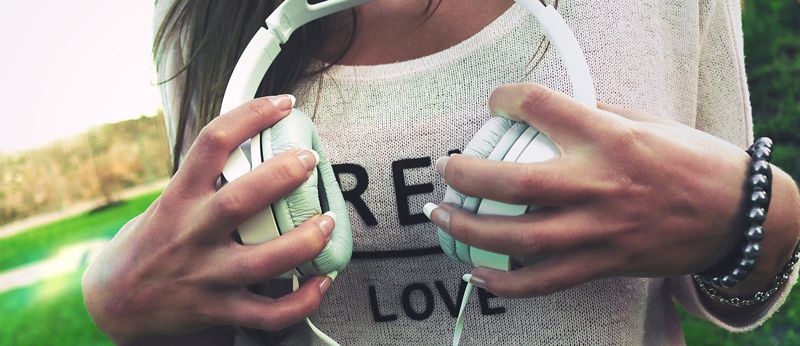
Find ways to de-stress
Photophobia is often connected to other psychological conditions, including depression and anxiety. Although the exact reasons remain unknown, stress and anxiety can trigger episodes or attacks and otherwise lead to pain in a person with light sensitivity. Whether it’s yoga or other exercise, listening to music, or watching your favorite TV show, finding your own personal happy place can make a big difference in how you feel.
If you are feeling anxious about heading into an environment that may trigger your light sensitivity, you should have an action plan in place for both prevention and relief—which can help minimize your stress.
These are some of our practiced home remedies for photophobia and light sensitivity, but have you tried something not included on this list? Let us know! And if you want even more dedicated strategies to managing photophobia, read our article here.
Related reading: Light-Sensitive Conditions
Migraine and Light Sensitivity: How Attacks Can Be Triggered or Worsened By Light
Headaches with Light Sensitivity: Types, Risk Factors, and Treatments
Photophobia, Light Sensitivity after Traumatic Brain Injury (TBI)
Photosensitive Epilepsy: How Light Can Trigger Seizures
Last updated 11th Aug 2025
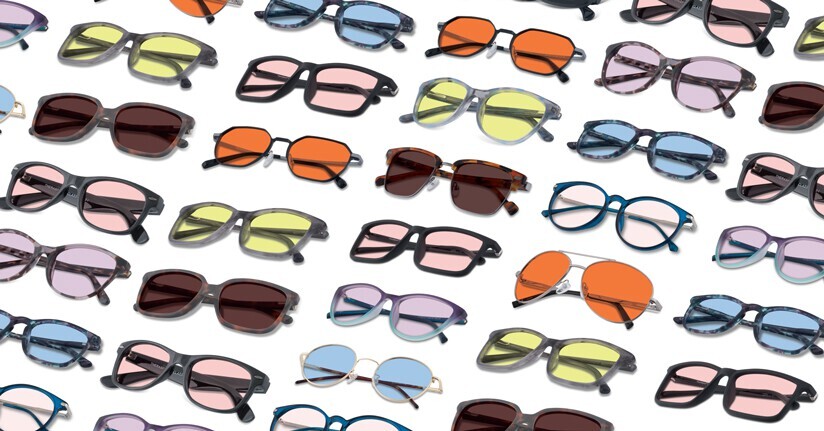
TheraSpecs® Glasses for Light Sensitivity
Find the glasses that fit your needs and lifestyle, and stay protected from screens, fluorescents, unwanted blue light, sunlight, flashing lights, and more.
Shop Now
